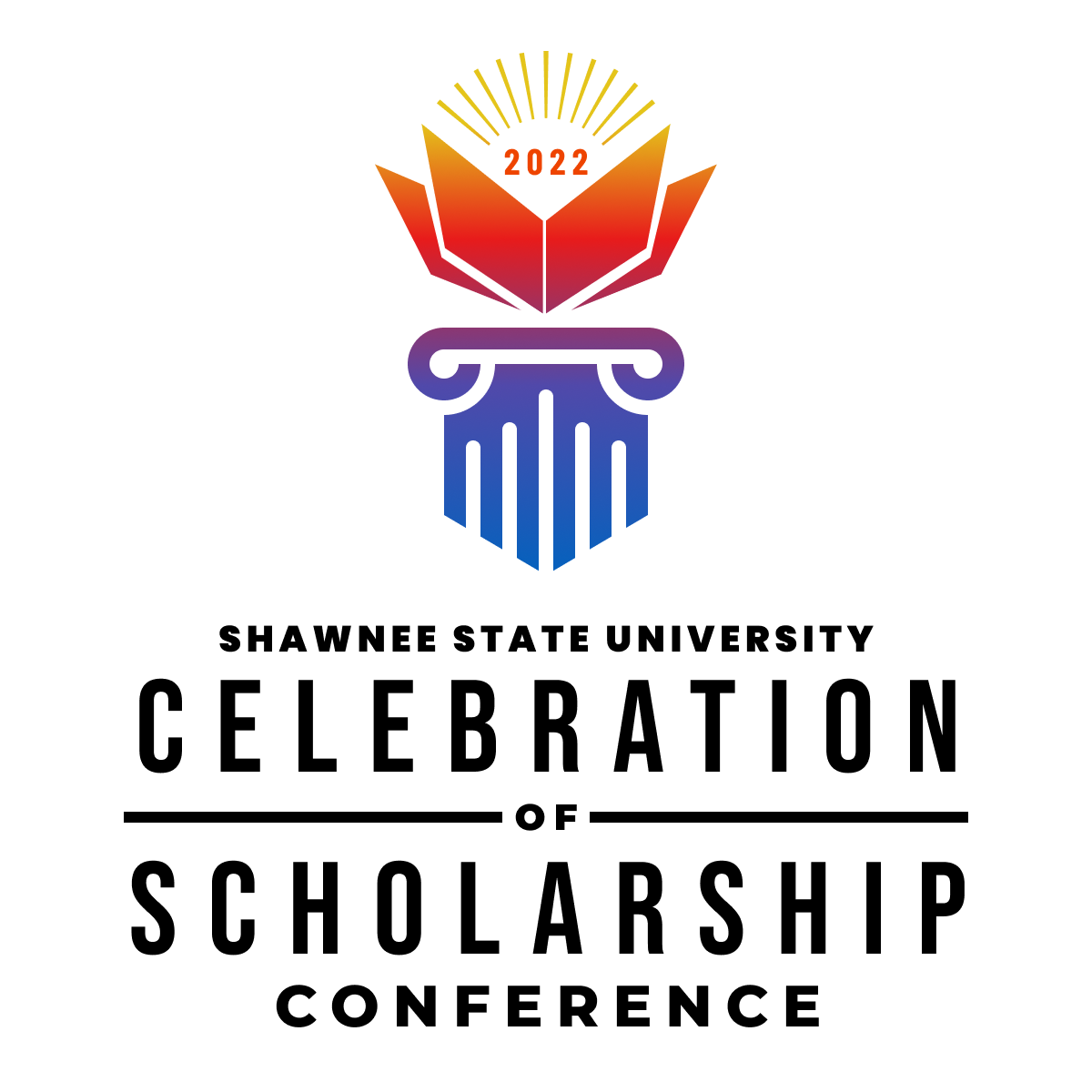
Monday, 4/4/2022
Loading...
University
Shawnee State University
Major
Game Design/Art
Presentation Types
Oral Presentation (Live)
Keywords:
Board game, 3d modeling, game design, 3d printing
Abstract
This board game project, “D.A.D.”, has provided challenges that are certainly unique to it among the winners of SSU’s Game Design Contest. More than a year before this game was even pitched at Shawnee Game Conference, much of the high-level design had already been completed. In fact, there was even a public playtest at the SGC 2 years prior. So with all of this already out of the way, what challenges did this game still face and how is it making use of its winnings from the contest?
The first challenges came from the decision to leave D.A.D. as a board game as opposed to translating it into a video game. These included the production of many copies of the game since hand making each piece, as was the case in the prototype, is unrealistic. This issue is being remedied by the purchasing of a 3D printer. $537.60 has been spent on this 3D printer, a washing and curing station and resin for the prints. These have been enough to begin getting familiar with both the hardware and software required to produce the pieces for this game. However, manufacturing cannot begin until I am given the second $500 of the contest winnings as there are still many supplies that I have yet to purchase that are necessary for ensuring my safety in handling the 3D prints such as rubber gloves, an apron, and safety goggles. These expenses total at $130.28. The total of all necessary purchases will come out to be $667.88. The leftover $332.12 will be going to appearances at conventions such as Chicago’s Game Developer Conference as a form of advertising for the game.
In the meantime of waiting for the rest of these funds, any development time for this game has gone towards design documentation and blueprinting the system by which the game's "support" system will be tracked. In the meantime, finalization of the documentation of the game's visual design, rules, and marketing plan will be the primary uses of time.
Human and Animal Subjects
no
IRB or IACUC Approval
no
Faculty Mentor Name
Travis Lynn
Faculty Mentor Title
Professor
Faculty Mentor Department
Engineering Technologies
Recommended Citation
Gresham, Lily, "Deck Assembly Division: SGC Game Design Contest winner" (2022). Celebration of Scholarship. 1.
https://digitalcommons.shawnee.edu/cos/2022/day1/1
Deck Assembly Division: SGC Game Design Contest winner
This board game project, “D.A.D.”, has provided challenges that are certainly unique to it among the winners of SSU’s Game Design Contest. More than a year before this game was even pitched at Shawnee Game Conference, much of the high-level design had already been completed. In fact, there was even a public playtest at the SGC 2 years prior. So with all of this already out of the way, what challenges did this game still face and how is it making use of its winnings from the contest?
The first challenges came from the decision to leave D.A.D. as a board game as opposed to translating it into a video game. These included the production of many copies of the game since hand making each piece, as was the case in the prototype, is unrealistic. This issue is being remedied by the purchasing of a 3D printer. $537.60 has been spent on this 3D printer, a washing and curing station and resin for the prints. These have been enough to begin getting familiar with both the hardware and software required to produce the pieces for this game. However, manufacturing cannot begin until I am given the second $500 of the contest winnings as there are still many supplies that I have yet to purchase that are necessary for ensuring my safety in handling the 3D prints such as rubber gloves, an apron, and safety goggles. These expenses total at $130.28. The total of all necessary purchases will come out to be $667.88. The leftover $332.12 will be going to appearances at conventions such as Chicago’s Game Developer Conference as a form of advertising for the game.
In the meantime of waiting for the rest of these funds, any development time for this game has gone towards design documentation and blueprinting the system by which the game's "support" system will be tracked. In the meantime, finalization of the documentation of the game's visual design, rules, and marketing plan will be the primary uses of time.

